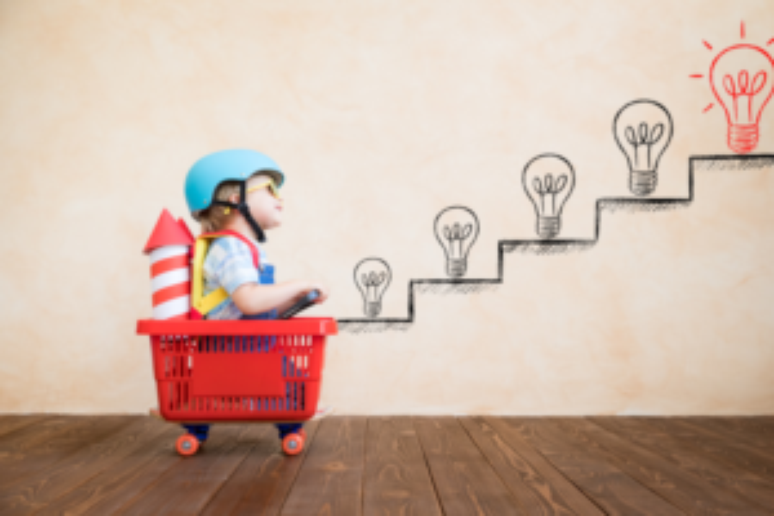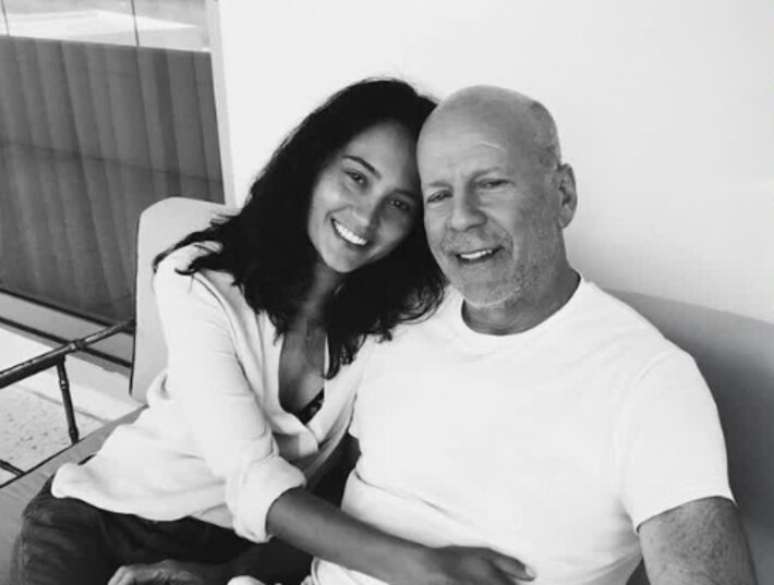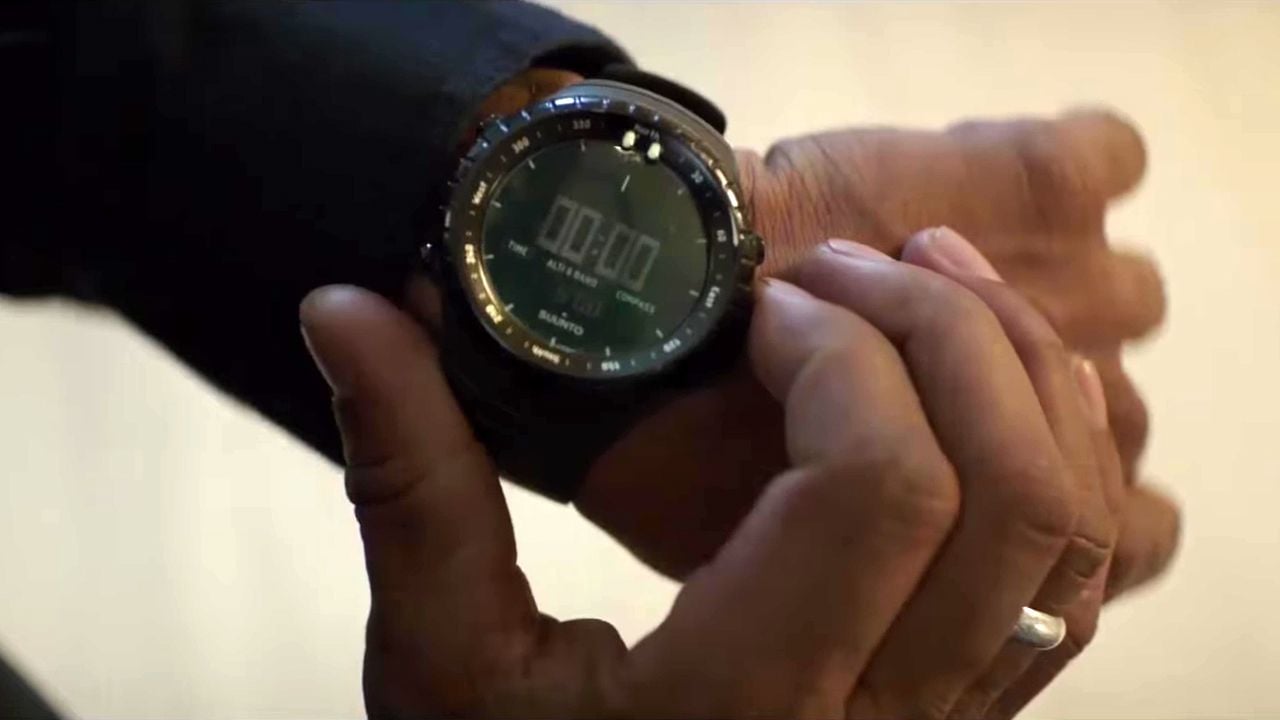We have prepared a comprehensive guide on child development milestones and what to expect for each age
A child’s life is always full of discoveries. From the first days of life until adulthood, they are always learning something new and developing different skills. During this time, it is essential for parents and caregivers to pay attention to the details of their child’s development, after all, knowing each stage your child goes through is important in analyzing whether children are developing as expected. To facilitate this process, we have prepared a comprehensive guide to child development milestones and what to expect for each age.
What are the milestones of child development?
Even before you know what baby developmental milestones are, you need to know what they are, right? Child developmental milestones are behaviors and attitudes that children typically exhibit in each age group. That is, they help to know what progress the child is making during his development. However, a crucial point when we talk about this topic is knowing that every child is unique, so they bring their own individualities. This means that it can happen that a child does not experience the milestones within the expected period. Your child doesn’t necessarily have a problem if milestones aren’t strictly followed, but it’s important to know them to analyze the extent to which delays are harmful. We can already say that pediatric follow-up is essential.
html[data-range=”xlarge”] figure image img.img-faedff3a22d6c339fa06be24ee6e535cuql5tzib { width: 774px; height: 516px; }HTML[data-range=”large”] figure image img.img-faedff3a22d6c339fa06be24ee6e535cuql5tzib { width: 548px; height: 365px; }HTML[data-range=”small”] figure figure img.img-faedff3a22d6c339fa06be24ee6e535cuql5tzib, html[data-range=”medium”] figure image img.img-faedff3a22d6c339fa06be24ee6e535cuql5tzib { width: 564px; height: 376px; }HTML[data-range=”small”] .article__image-embed, html[data-range=”medium”] .article__image-embed { width: 564px; margin: 0 auto 30px; }
What are the child’s developmental milestones at each stage?
Now that you already know what childhood milestones are and the importance of accompanying them, the time has come to know what they are based on each stage of your child’s life.
1 month
The first 30 days of a baby’s life, also known as the neonatal period, is when the baby’s development is most limited. During these days the child usually sleeps a lot, about 14 to 17 hours a day. Despite spending a lot of time sleeping, the newborn already has the ability to move the four limbs of the body. However, he is still unable to support his neck on his own. When in the first days of life, the baby also tends to keep his eyes fixed on the person closest to him. This indicates a preference for the human face. In terms of language, the child just cries: it is the way he communicates pain and discomfort.
2 to 4 months
While still having limited movement, the second, third and fourth months of a baby’s life are marked by the ability to expand the field of vision and reflexes. They are also more stimulated by sounds during this time and may even turn their heads to accompany them. Another difference during this developmental milestone is that the baby can lift its head on its own when turned onto its stomach. Another detail is the emergence of smiles in response to the stimulus made by those around, as a demonstration of affection. During these months the child is also able to recognize the most familiar faces, as well as imitate some facial expressions and simple movements, often in response to interactions with the parents.
5 months
The arrival of the fifth month of a child’s life comes with a stage of self-knowledge. It is in this framework that the recognition of one’s body takes place. Thus, the child develops the curiosity to bring his hands and feet to his mouth, manages to keep his head up and even to lean on his hands when he is lying on his stomach. Here the child also begins to try to communicate more by making sounds. Strength in the arms and legs is also a feature of this phase.
6 to 8 months
Between the sixth and seventh month the baby is already able to have more control of his body, sitting with support and rotating his body. In the sixth month, the introduction of food also begins, as the digestive system is ready to receive solid foods. At the eighth month the baby begins to see his surroundings better, with greater clarity. During this time, it’s also the time to crawl, crawl, and even sit up unaided.
9 to 12 months
In these months the child manages to keep his goals better, shows affection to his parents and gets up on his own. In the first year, children are also able to communicate better, uttering some even more complex words or sounds. They may even start waving, waving, or pointing to objects of interest. This interaction is critical to development.
2 years
From that age, they should show greater motor coordination in their actions, be able to walk on their own, ask questions and present more developed language. At this stage, the child may also show greater attachment to objects, such as toys. So they tend not to want to share them. By the age of two, the child is also able to present his personal preferences and form his personality.
3 or 4 years
Between the ages of three and four, children exhibit several milestones of childhood development, related to physical growth, cognitive development, social and emotional skills. At 3 years old it is important that children are encouraged to have their own autonomy. Whether it’s tidying up toys or self-eating and dressing. It’s also a good stage to encourage fun. Already at the age of 4 the child has fully developed communication skills. At this stage, the imagination is very fertile and they can tell stories quite easily. They can also run, jump, climb stairs more confidently, and even ride a tricycle. As well as interacting with other children in an easier way.
What happens if the child does not develop within the expected milestones?
As we said at the beginning of our article, child development milestones are reference points for monitoring how your child is progressing at each stage, so you need to pay attention to possible signs of change during the process. Always offer a supportive, stimulating and loving environment so that the child can grow in the best way. If you notice anything different than expected, seek medical attention to get the best guidance.
Source: Terra
Ben Stock is a lifestyle journalist and author at Gossipify. He writes about topics such as health, wellness, travel, food and home decor. He provides practical advice and inspiration to improve well-being, keeps readers up to date with latest lifestyle news and trends, known for his engaging writing style, in-depth analysis and unique perspectives.







